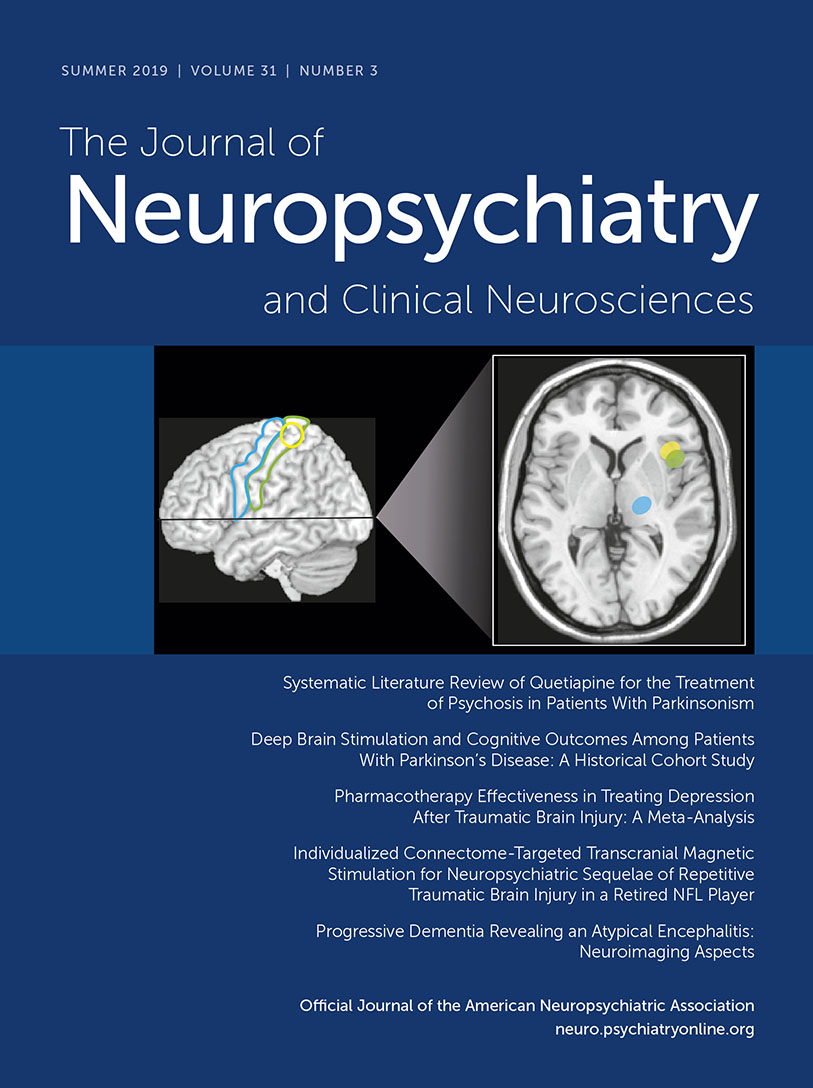An Investigation Into Response Inhibition in Distinct Clinical Groups Within Obsessive-Compulsive Disorder
Abstract
Objective:
Response inhibition has been frequently studied in obsessive-compulsive disorder (OCD) with mixed results. The inconsistent findings may stem in part from failure to consider the heterogeneity of the disorder.
Methods:
The authors examined behavioral and event-related potential (ERP) components (N2 and P3) during a simple response inhibition go/nogo task in a sample of patients with OCD (N=48) and control subjects (N=53). Comparisons in behavioral and electrophysiological measures were made between groups (OCD compared with control) and within the OCD group in terms of symptom clusters (symmetry, forbidden thoughts, and cleaning) and comorbidity status (OCD only and OCD with depression).
Results:
In the OCD group, the N2 component appeared more frontally localized compared with the control group. Participants with OCD demonstrated longer N2 latency and a larger difference in N2 between the nogo and go conditions, suggesting slower but greater conflict monitoring. P3 had a larger amplitude in the OCD group compared with the control group, indicative of greater response inhibition, but was also reduced in the nogo compared with go condition, suggesting suppressed response inhibition. No significant differences were found between symptom clusters, but patients with OCD only made more omission errors compared with patients with OCD and comorbid depression. The latter cohort also had faster P3 latencies, which, combined with the behavioral data, indicates slightly improved response inhibition when comorbid depression is found.
Conclusions:
On the basis of these results, it would seem unlikely that symptom clusters have contributed to previous inconsistencies in the literature. Comorbid depression, which may have affected previous results, should be considered in future research.



